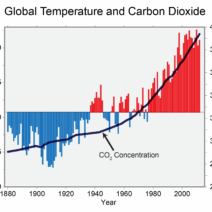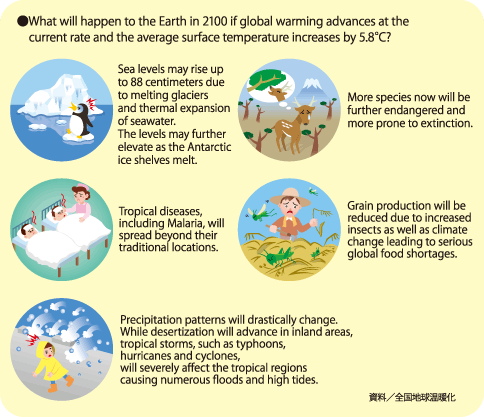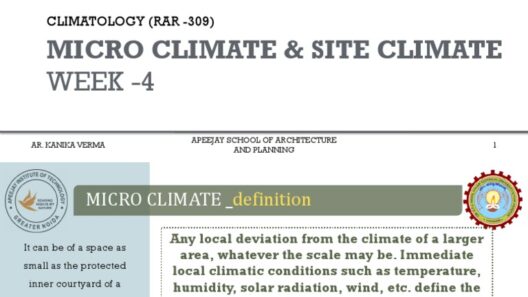Turkey occupies a unique geographical position that serves as a bridge between Europe and Asia, leading to a diverse and intricate climate mosaic. This captivating convergence of cultures and landscapes brings forth a wide array of climatic zones, each boasting its own distinctive characteristics. The question arises: How does such geographical diversity impact the weather patterns throughout Turkey? Understanding this interplay is crucial to grasping the complexities of Turkey’s climate.
The climate of Turkey can be broadly categorized into three predominant zones: the Mediterranean, continental, and oceanic climates. Each of these climates reflects not only the geographical diversity but also the topographical features that create microclimates within the larger climate classification.
The coastal regions of Turkey, especially along the Aegean and Mediterranean Seas, experience a Mediterranean climate. This enchanting climate is characterized by hot, dry summers and mild, wet winters. Given that the summer temperature often soars to above 30°C (86°F), with coastal areas enjoying the gentle caress of sea breezes, it stands as an inviting destination for tourists seeking sun-soaked escapades. Yet, the underlying challenge that accompanies such a delightfully warm climate is the threat of prolonged droughts, exacerbated by climate change.
As we shift our gaze inland, particularly towards the central Anatolian plateau, the climate transitions to a more continental character. Here, summers are scorching, occasionally reaching temperatures above 40°C (104°F), while winters can plunge to frigid lows of -20°C (-4°F). This stark temperature disparity raises questions about the adaptability of natural ecosystems and agriculture. The increasingly erratic weather patterns challenge farmers who rely on predictable climate rhythms for planting and harvesting.
Moreover, the Eastern regions of Turkey experience an oceanic climate, marked by more moderate temperatures and significant rainfall. The proximity to the Black Sea engenders lush landscapes and fertile lands, which stand in contrast to the arid conditions found in the central plateau. This region is notable for its rich biodiversity, including a plethora of endemic species that flourish in its temperate humidity. However, climate change poses severe risks to this delicate ecological equilibrium, with rising temperatures and changing precipitation patterns threatening the endemic flora and fauna unique to this part of Turkey.
In reference to the Turkish climate, microclimates arise due to the interplay of elevation, topography, and proximity to significant bodies of water. For example, the coastal town of Antalya basks in a sunny Mediterranean climate, while just a few hours inland, the city of Konya experiences a much drier and more continental environment. This variance can be attributed to factors like altitude and landscape orientation—elements that can drastically shift temperature and precipitation patterns within a short distance.
Delving into the impact of climate change, we cannot ignore the increasing frequency of extreme weather events, which poses a significant challenge for Turkey’s diverse climates. These climatic shifts manifest through unpredictable rainfall, leading to severe flooding in some regions while causing drought in others. The variability complicates water resource management, agricultural planning, and even the conservation efforts needed to protect unique ecosystems.
As Turkey’s climate continues to shift in response to global warming, both human and natural systems must adapt. For agriculture, this may necessitate the adoption of more sustainable practices and a resurgence of traditional farming methods that align better with the local climatic realities. Additionally, the influence of climate change on tourism, a significant sector for Turkey’s economy, must be acknowledged. Will climate-induced changes deter tourists seeking the idyllic beaches of the Mediterranean or the cultural wealth of Istanbul? The answer to this question remains to be seen, but proactive measures are necessary to mitigate adverse outcomes.
Furthermore, the intersections of climate and culture are profound; the way in which diverse communities respond to climatic challenges varies greatly. The rich cultural traditions tied to seasons and festivals may evolve or diminish as the climate alters. The sustenance of age-old customs relies heavily on the natural rhythms dictated by climate, thus posing further questions about identity and historical continuity.
In summary, Turkey’s climate reflects a fascinating blend of influences stemming from its geographical positioning and topographical diversity. The conglomeration of Mediterranean, continental, and oceanic attributes offers both beauty and challenges. With the pressing issues of climate change, the stakes are higher now than ever before. Will Turkey rise to face these climatic shifts, preserving both its ecology and cultural heritage for generations to come? The endeavor to balance economic pursuits with environmental stewardship will play a pivotal role in shaping Turkey’s climatic future. As we contemplate these questions, it becomes evident that understanding Turkey’s climate is not only about weather patterns but also about the future of its people and the planet.








